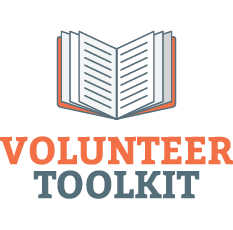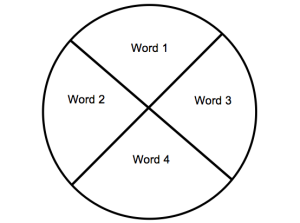Practice with Vocabulary
A key to learning new words is to provide opportunities for students to practice and review the words. It is important that we have multiple exposures to new words if we expect the words to become embedded in our memories.
How can you provide the practice and review that is necessary for vocabulary development?
One way is to help your students become aware of words…and be curious about them. Talk about interesting words that you see in the text, where they come from, what they mean, and how they can be used. Wonder out loud about the meaning of new words, and engage in brief discussions about the word.
Think about spending a few minutes of your time with a student playing word games. Twenty Questions, Hangman, and Charades are favorites that will give everyone a mental word stretch. Older students will enjoy inventing riddles.
you may be able to find electronic versions of many popular games including Hangman, Memory, and Concentration that will keep students engaged and help them to learn new words.
Continuum Line
Some words lend themselves to making connections by considering shades of meaning or semantic gradients. Students are given a list words and asked to arrange them along a continuum. If you write the words on small pieces of cardstock, the students can arrange and rearrange the words as they consider how they want to place them along the continuum. Once arranged, they are asked to justify their order. They can be given all words to be placed in order, given the words at both ends of the continuum and asked to place the other words on the line, or can be given a topic and asked to generate the words and then place them on the continuum.
For example, these words have to do with temperature: cool, steamy, scorching, balmy, lukewarm, hot, chilled, warm, icy, bone-chilling, sweltering.
Place the words along this line:
Concept Circles
Another way that you can help students with word study and building relationships between words is the use of concept circles. Begin by dividing a circle into fourths using two diameters. Place four related words in the circle. Ask students to decide the title for the set of words.
Ask questions based on the circle:
- How is each of these words related to your title?
- Is another title appropriate for the set of words? Explain.
- Could other words have been placed in one of the four sections of the circle?
- Replace one word with a different word and determine a title for the concept circle.
Alternate use of concept circle:
- Provide the student with a divided blank circle. Tell the student the title.
Ask the student to write four words in the circle that relate to this title. - If you are working with more than one student, have the students compare answers, working in pairs or small groups.
- Ask the student to justify the choice of words for the circle.
How many different words did the student relate to this word? Are there ways to group the words into subsets?
Check Your Knowledge
d


